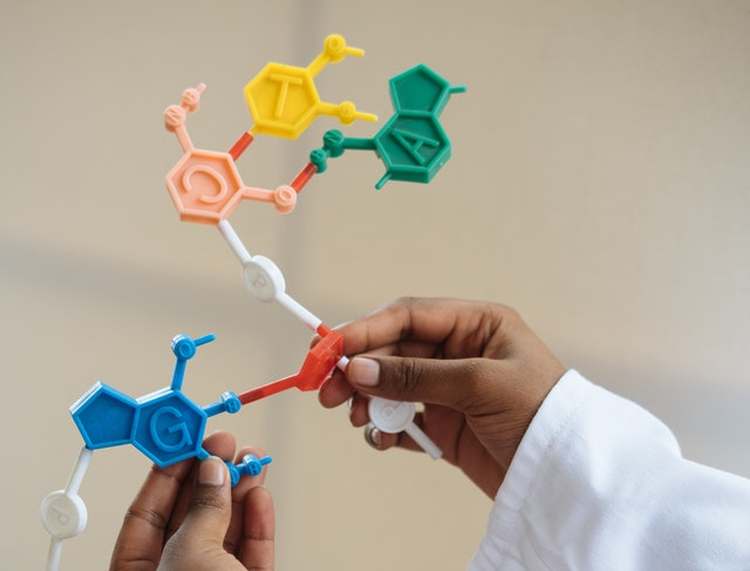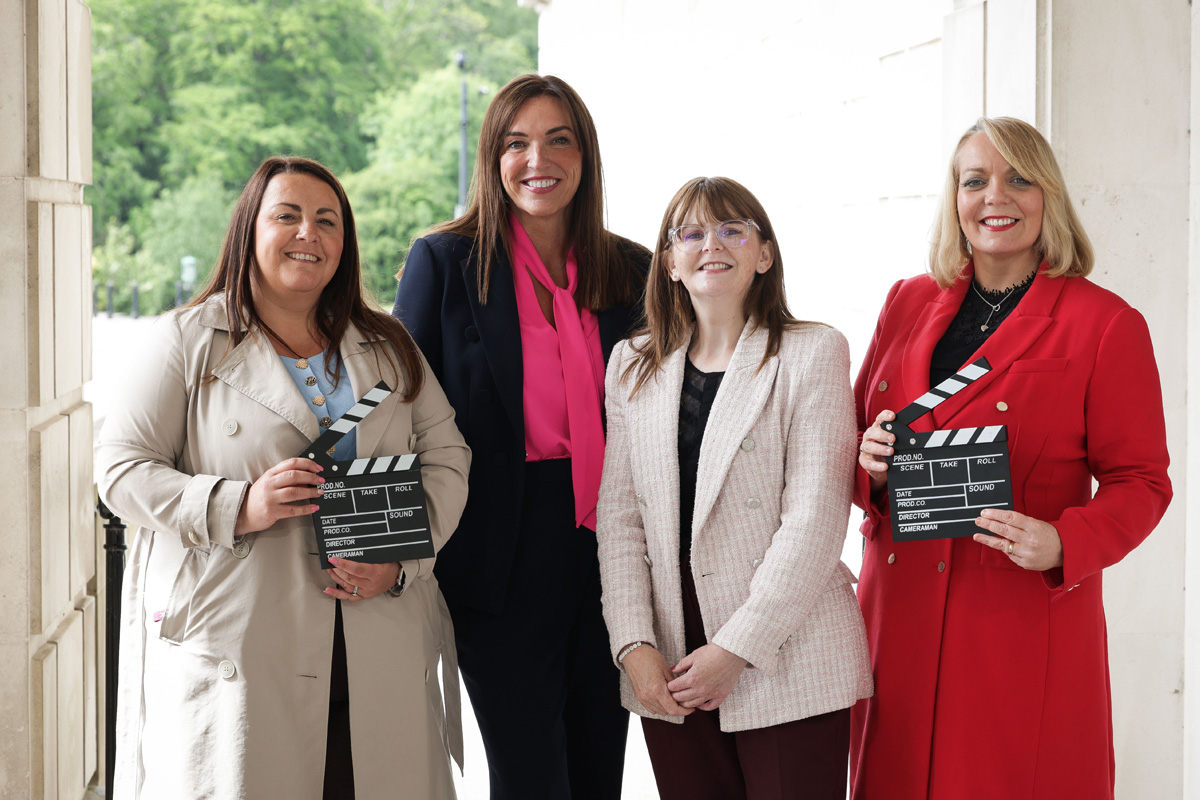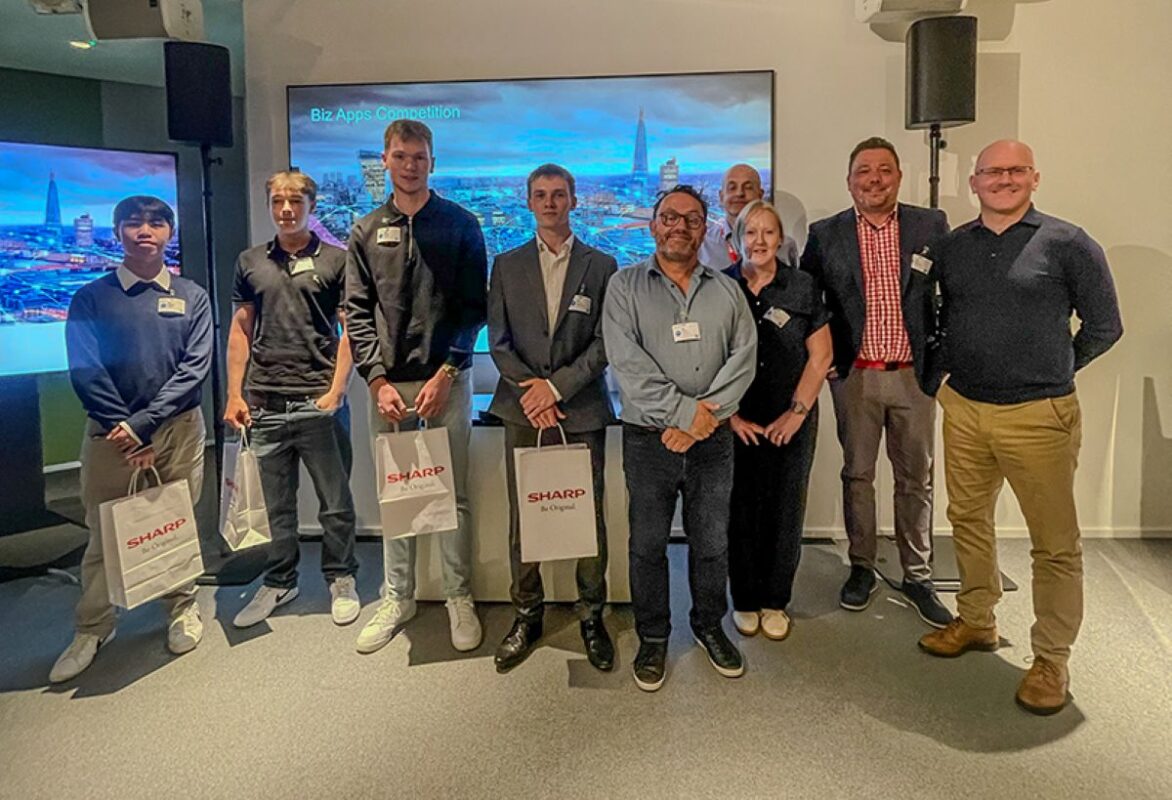Women in STEM careers can assist climate change fight

Each day of the #COP26 conference focuses on a different theme. Today’s theme is gender and ensuring the full and meaningful participation of women and girls in climate action to progress gender equality (@nustem_uk).
Northumbria University (@NorthumbriaUni) is shining a light on its work relating to climate change before, during and beyond COP26. Today, we take a look at the work of our NUSTEM team which works closely with schools and parents to help to encourage young children and under-represented groups to change perceptions and consider a career in STEM related roles.
Climate change is one of today’s most pressing problems and we all have a role to play in tackling it. Businesses and workers are an integral part of the solution but there are currently not enough people in science and innovation-based careers. This is a significant issue because science and innovation can help unlock solutions to climate change and enable people to take meaningful climate action.
Northumbria University is conducting important research into why so many people – girls and women in particular – are choosing not to embark on careers in STEM (science, technology, engineering and maths) disciplines.
As part of this, the University is also taking action to broaden children’s career aspirations, and tackle societal stereotypes and unconscious biases that are leading girls to avoid careers traditionally considered more appropriate for males.
Carol Davenport, associate professor and director of NUSTEM at Northumbria University, is driving forward some of this research. The NUSTEM team works with children and young people, their families and teachers to encourage them to consider careers in STEM.
She said:
“We need a broad and diverse workforce to deal with issues such as climate change. Currently there are insufficient numbers of people, particularly women, in STEM-related careers. Exploration of these subjects can help to solve real-world problems – and climate change is certainly one of those.
“The issue is that girls (and their families) often don’t see STEM as a viable career option. While previous research suggests that youngsters enjoy these subjects, they often hold stereotypical views of scientists. They visualise a male genius in a white coat so girls commonly don’t see themselves with a future or career in these sectors. If they focus on their own attributes and how these attributes could be useful in STEM careers, instead of on the usual stereotypes, they’ll start to identify this scientist or STEM professional as something they can aspire to be in their future career.”
Carol added that girls are influenced by societal views of what they should and shouldn’t do and what careers they should and shouldn’t go into.
“It’s not just a case of inspiring more girls to study STEM subjects and pursue careers in these disciplines; this approach has been trialled in the past and has been only partially effective,” she said.
“We need to shift the needle in terms of what society expects of them so we work with students, teachers, parents and employers to uncover unconscious biases and stereotypes that might be holding these girls back.
“For instance, if we’re discussing the working methods that scientists use in real life, do we use male pronouns? Do the resources that we use in the classroom show men in scientific careers and women in caring or teaching roles?”
Taking a different approach, NUSTEM has worked with teachers and STEM workers to develop 16 STEM attributes – or employability skills – that are often shown by people who work in STEM.
“These are attributes that children may already have, such as being resilient or creative” said Carol. “This focus helps to build a bridge between children’s self-concept of themselves, and their concept of scientists and others who work in STEM and encourages young people – in particular, underrepresented groups such as girls and people from disadvantaged backgrounds – to see themselves as having the skills to work in STEM. Then they will be in a much better position to use science, engineering and innovation to deliver real-world solutions, such as those that can tackle climate change.”
NUSTEM’s research has laid the foundation for several workshops with schools on key environmental issues. ‘Geography: Past, Present and Future’ was a series of three workshops on geography and environmental science held in a local primary school. It was inspired by the research of Northumbria University’s Cold and Palaeo-Environment (CAPE) research group
Academics encouraged children to consider how environmental science can be used to see what the environment was like in the past, measure what’s happening now and predict what it will be like in the future.
In one workshop, children took on the role of an environmental modeller, learning what a scientific model is and how data can be used to predict the future. The aim was to give children a deeper understanding of environmental science topics and careers, and make them feel more empowered to take action against climate change.
The project had a positive impact in several ways. It improved children’s understanding of environmental science topics, particularly among girls, who reported that their knowledge of climate change issues increased by 27%. Children had a better understanding and more positive perception of environmental science-related careers, as well as an increased desire to learn about climate change and act in an environmentally friendly way.
Carol said:
“The children talked about environmental modelling and planning. Having an understanding of this subject could be a useful tool in the fight against climate change. Environmental modelling encompasses different STEM elements, such as mathematics and engineering, and is one of many career options available within STEM career paths. Currently not very many children, including girls, have taken up this option but by using our research and working with schools, parents and employers, we hope to change this.”











Responses